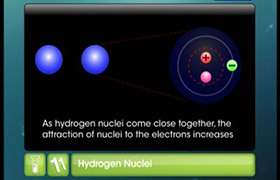CBSE Class 11-science Answered
Back bonding:
This type of bonding occurs between atoms in a compound in which one atom has lone pair of electron and the other has vacant orbital placed adjacent to each other.
A compound with back bonding has pi-bonding character since it results after formation of sigma bond.
Back bonding allows the molecule to stable as it completes its octet.
Back bonding results in a decrease in bond length and increase in bond order.
Π back bonding:
In Π back bonding the electrons move from an atomic orbital on one atom to a π* anti-bonding orbital on another atom or ligand.
Such type of bonding is common in organometallic chemistry of transition metals which have multi-atomic ligands such as carbon monoxide, ethylene or the nitrosonium cation.
The electrons from the metal are used to bond to the ligand in order to release the metal from excess negative charge.
Ni(CO) and Zeise’s salt are compounds in which π back bonding occurs.




